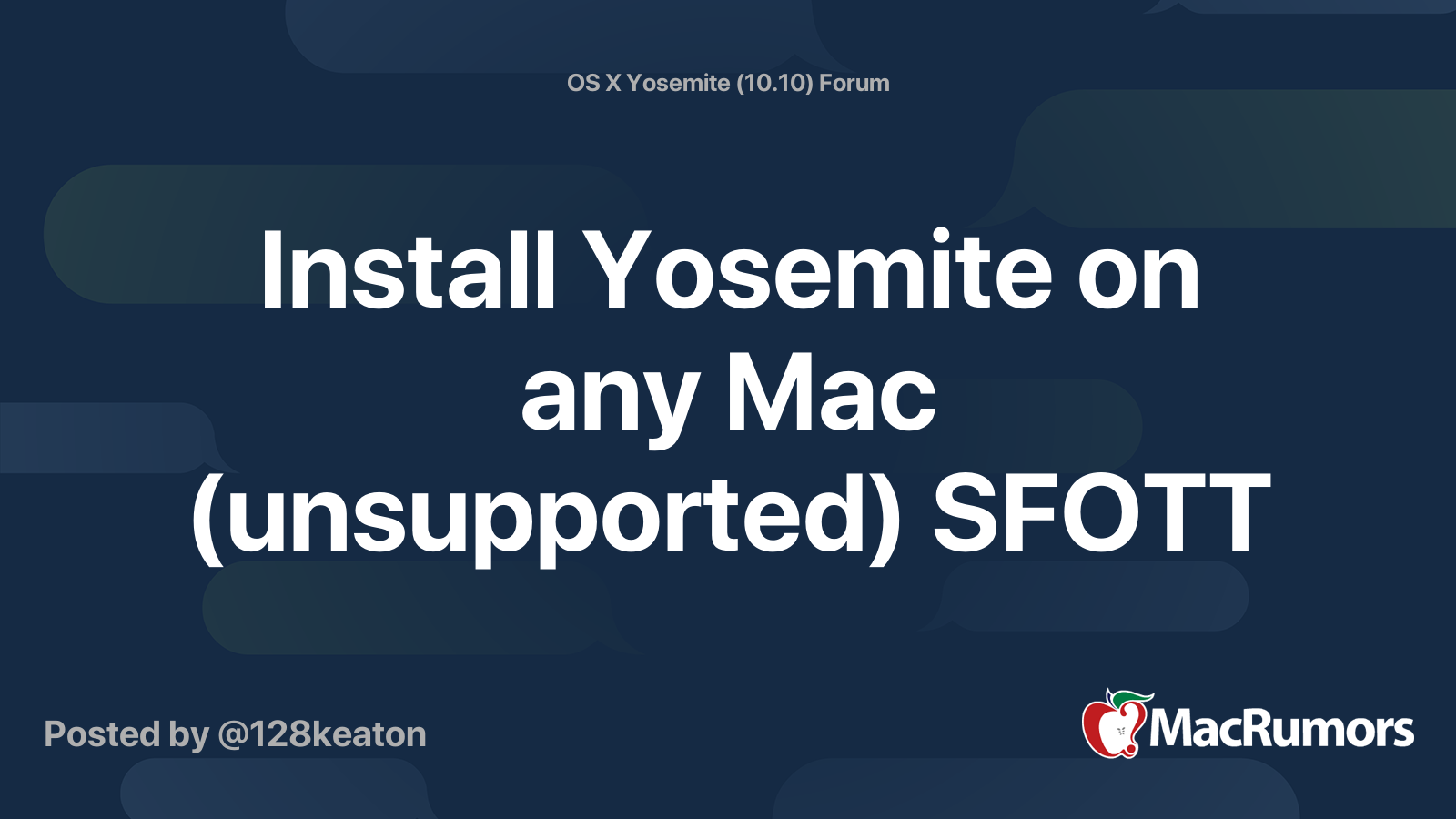Professor
Nuclear Physics - Theoretical
NSCL/FRIB
640 S. Shaw Lane, Room 2131
(517) 908-7290
- Shooter Mortenson Mac Os Catalina
- Shooter Mortenson Mac Os 7
- Shooter Mortenson Mac Os Download
- Shooter Mortenson Mac Os X
Is Three Cups of Tea Writer Greg Mortenson a Fraud Yahoo News. If the allegations are true Mohseni told The Daily Beast then it is a tremendous blow to humanitarian. And education related nongovernment work in Afghanistan and Pakistan as many in the West will shy away Featured. From helping similar projects in the future Mohseni added Mr Mortenson was not that well known in. Download Shooter Mac Os X - real advice. Bioshock and 2 more programs. Data analysis will be conducted to determine the best day to fly around the holiday season. Factors that are studied include on-time arrival, airline choice, and cost. Welcome Red Wolves to the Cyber Systems Operations Course! Here you will find reporting instructions as we navigate with COVID19 protocols in place. Deploying Intel Macs can add extra work for administrators because they require completely different Mac OS X releases and system images than Power PC Macs. Although it is possible to cobble a universal Mac OS X image together, is doing so really the best choice? In this first article in a two-part series, Ryan Faas looks at some of the specific challenges that relate to developing deployment.
hjensen@nscl.msu.edu
1993: Ph.D., Theoretical Nuclear Physics, University of Oslo
Selected Publications
Evolution of Shell Structure in Neutron-Rich Calcium Isotopes, G. Hagen et al, Phys. Rev. Lett. 109, 032502 (2012).
Quenching of Spectroscopic Factors for Proton Removal in Oxygen Isotopes, Ã?. Jensen et al, Phys. Rev. Lett. 107, 032501 (2011).
Ab initio computation of the energies of circular quantum dots, M. Pedersen Lohne et al, Phys. Rev. B 84, 115302 (2011).
The carbon challenge. M. Hjorth-Jensen, Physics 4, 38 (2011).
Pairing in nuclear systems: from neutron stars to finite nuclei, D. J. Dean and M. Hjorth-Jensen, Rev. Mod. Phys. 75, 607 (2003).
Professional Activities & Interests / Biographical Information
Research Interests
I am a theoretical physicist with an interest in many-body theory in general, and the nuclear many-body problem and nuclear structure problems in particular. This means that I study various methods for solving either Schroedinger's equation or Dirac's equation for many interacting particles, spanning from algorithmic aspects to the mathematical properties of such methods. The latter also leads to a strong interest in computational physics as well as computational aspects of quantum mechanical methods. A large fraction of my work, in close collaboration with colleagues at the NSCL and worldwide, is devoted to a better understanding of various quantum mechanical algorithms. This activity leads to strong overlaps with other scientific fields. Although the main focus has been and is on many-body methods for nuclear structure problems, I have also done, and continue to do, research on solid state physics systems in addition to studies of the mathematical properties of various many-body methods.
Why the nuclear many-body problem? you may ask. Well, for me, to understand why matter is stable, and thereby shed light on the limits of nuclear stability, is one of the overarching aims and intellectual challenges of basic research in nuclear physics and science. To relate the stability of matter to the underlying fundamental forces and particles of nature as manifested in nuclear matter is central to present and planned rare isotope facilities.
Examples of important properties of nuclear systems that can reveal information about these topics are masses (and thereby binding energies), and density distributions of nuclei. These are quantities that convey important information on the shell structure of nuclei with their pertinent magic numbers and shell closures, or the eventual disappearance of the latter away from the valley of stability.
Neutron-rich nuclei are particularly interesting. As a particular chain of isotopes becomes more and more neutron rich, one reaches finally the limit of stability, the so-called dripline, where one additional neutron makes the next isotopes unstable with respect to the previous ones. The figure here (taken from Phys. Rev. Lett. 109, 032502 (2012)) shows an example of a recent many-body calculation of the chain of calcium isotopes, including three-body forces, a much debated and studied issue in nuclear many-body theory. These calculations predict the dripline of the calcium isotopes at mass 60, partly in conflict with present results from mean-field and mass models used in astrophysical calculations. To understand of the limits of stability of the calcium isotopes is one of the benchmarks experiments of FRIB at the NSCL.
An example of a recent many-body calculation of the chain of calcium isotopes, including three-body forces, a much debated and studied issue in nuclear many-body theory.
Finally, I have always had, and have, a strong interest in educational matters. At the University of Oslo (I have the privilege to share my time between the University of Oslo and MSU) I have been very much involved in a large project called Computing in Science Education which deals with the introduction of computing in basic science courses as a way to enhance research based teaching, and hopefully lead to a better insight of physical systems. I'd be more than happy to discuss such matters as well.
Home > Articles > Home & Office Computing > Mac OS X
␡- Disk Images and Deployment
Like this article? We recommend
Like this article? We recommend
Shooter Mortenson Mac Os Catalina
The transition from Power PC to Intel Macs presents system administrators with unique opportunities and unique challenges. The most obvious opportunity is the capability to create a cross-platform network of Mac OS X and Windows using only Mac workstations. This can be a boon to education and other markets in which there is a need or desire to provide access to both platforms because it no longer requires that two sets of computers be bought. However, it creates both challenges of developing efficient deployment strategies and new concerns for ongoing workstation support and data management.
Shooter Mortenson Mac Os 7
This two-part series looks at some of the specific challenges that relate to developing deployment strategies for Intel Macs and some of the ongoing issues if you opt to deploy a dual-platform environment using Mac workstations. In this first article, you'll focus first on the unique challenges posed when deploying a Mac environment that contains both Power PC and Intel Mac hardware. Part 2 will tell you how to meet the challenges of deploying and supporting a dual-platform environment.
Shooter Mortenson Mac Os Download

Disk Images and Deployment
Shooter Mortenson Mac Os X

Disk Images and Deployment
Shooter Mortenson Mac Os X
There are a number of deployment tools available to Mac administrators, but most of them focus on disk-image deployment—creating an image from a preconfigured workstation's hard drive and then using one of several tools to copy that image onto the hard drive of all the target workstations to be deployed. Although the tools might vary, the technique is typically the most efficient manner for deploying new workstations (or whole offices, classrooms, or labs), rolling out large updates, and even as a support option for a single Mac experiencing a number of operating system or application problems.
The approach works very well because Apple has engineered Mac OS X to be quite portable, which is to say that a Mac OS X installation created on one Mac model will typically be able to power a slightly different machine (provided that the target computer is not a newer model than the release of Mac OS X installed on the source computer). Although it is typically best to use a disk image only on similar hardware, you can usually deploy images to similar (but not identical) Macs without issue. This capability is especially helpful when working with Apple's NetBoot and NetInstall technologies because it enables you to work with a single or limited number of NetBoot (or NetInstall) image sets—thus simplifying the number of NetBoot images and servers displayed to users and reducing the server resources needed to support them.
